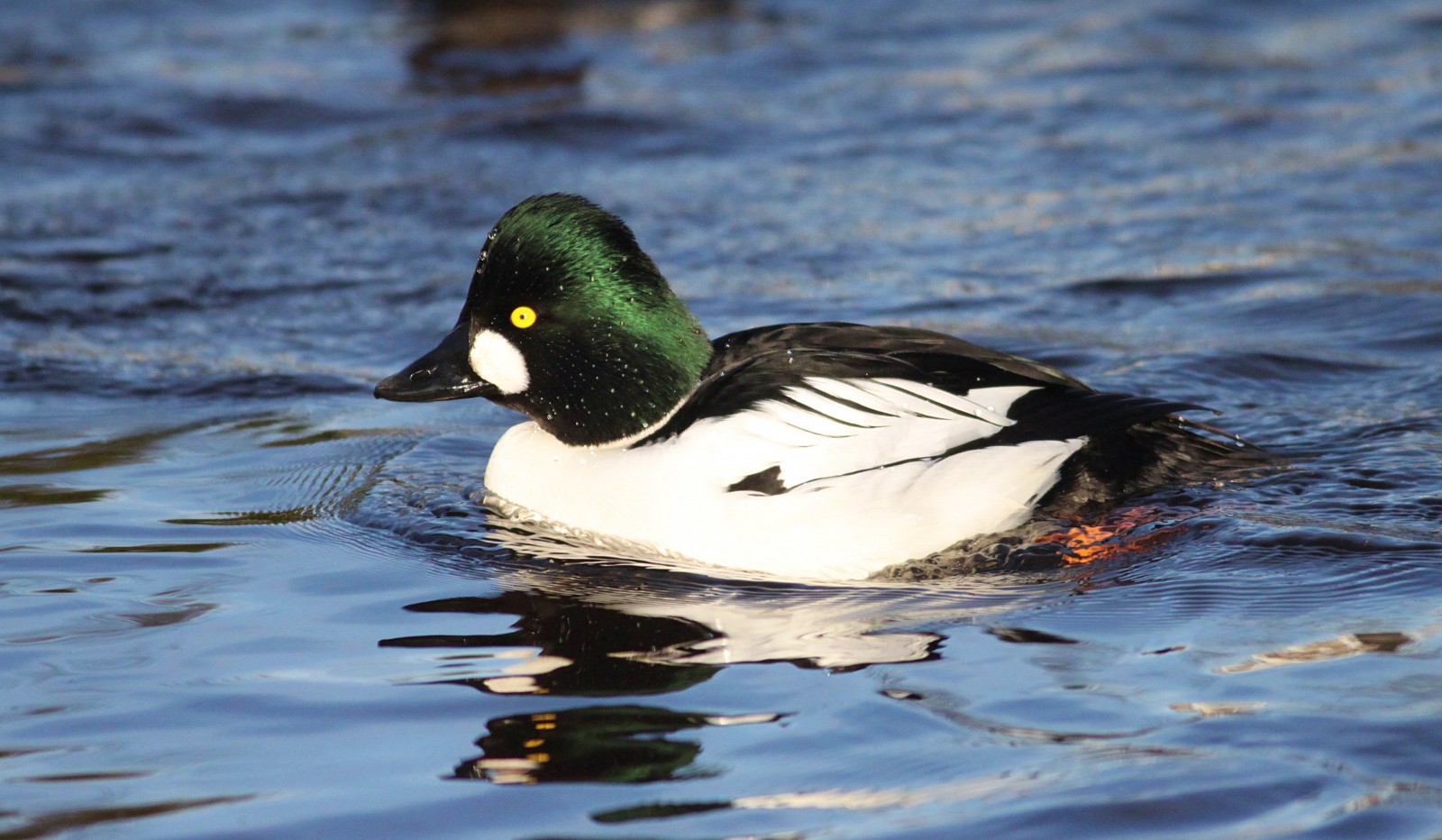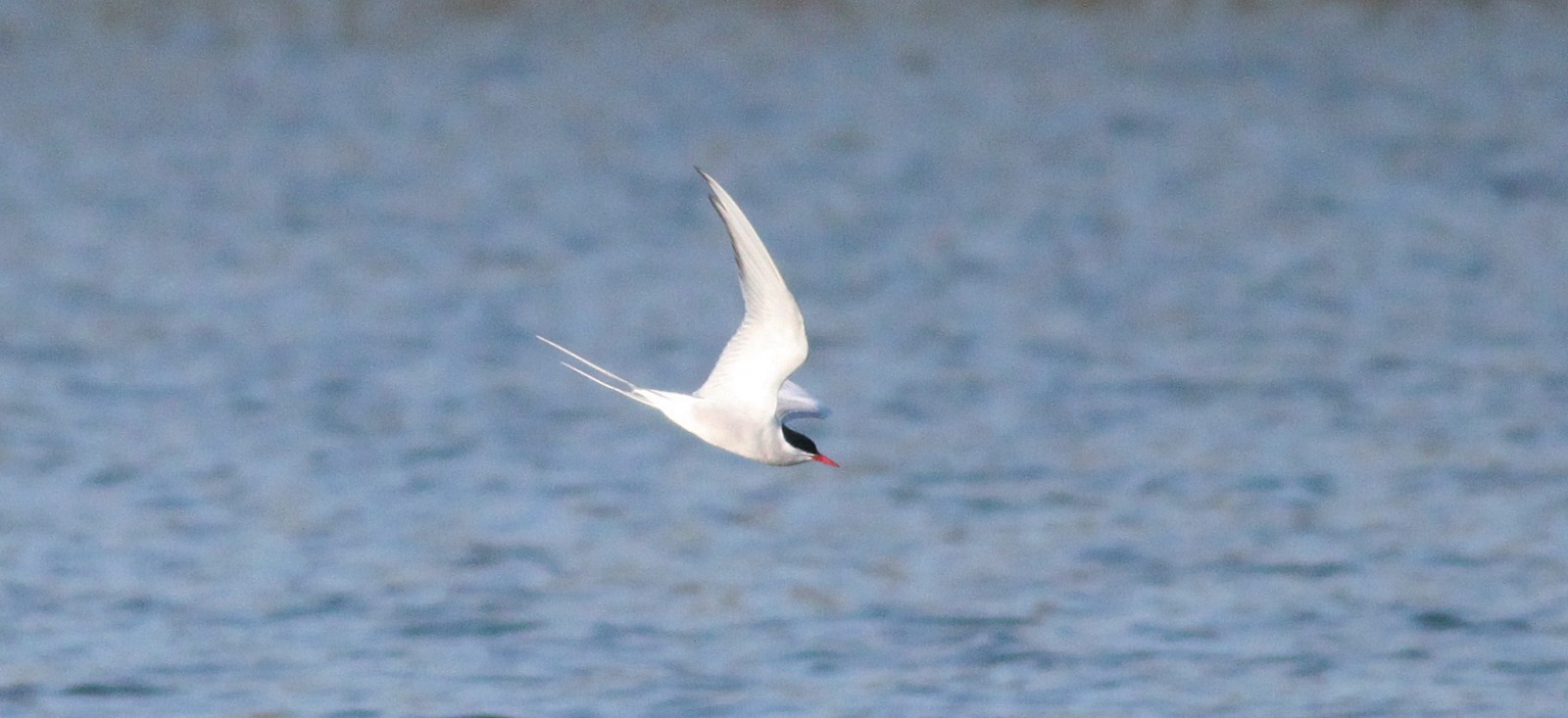Description
Barton Broad is the second largest inland waterbody in Norfolk, and has been owned by the Norfolk Wildlife Trust since 1945. The lake / broad was created by peat extraction in the middle ages. In the early 20th century the broad was heavily polluted, but since then, the river and broad have been cleaned up and wildlife is steadily returning to the area.
In winter, expect large number of hlaholka severská to be found on the broad, alongside smaller numbers of chochlačka vrkočatá. Being such a large body of water, Barton Broad is less susceptible to freezing over in cold weather, and therefore in the harshest winter periods, local rarities including potápač malý, chochlačka morská, ľadovka dĺhochvostá, potápka čiernokrká and potáplica veľká may be found by lucky visitors. The wet woodland will hold chriašteľ vodný and sluka hôrna. Swans and hus krátkozobá may be seen flying over the reserve in noisy groups.
In spring, it is worth exploring the surrounding farmland between the car park and the boardwalk trail. You will likely encounter strnádka obyčajná and strnádka trstinová in the hedgerows, while hýľ obyčajný and zelienka obyčajná may also be seen near the car park. In the wet woodland, sýkorka hôrna, kôrovník dlhoprstý and a variety of other common garden birds may be seen. The potápka chochlatá will be dancing on the broad, and kaňa močiarna may be seen dispalying overhead. You will probably find a few rybár riečny feeding over the Broad, but after periods of stormy weather, there is a reasonable chance of finding rybár dlhochvostý, čorík čierny and čajka malá with them in April and May.
Summer is a quieter period for birding at Barton Broad, however, it is a good time to see sokol lastovičiar hawking over the broad. Keeping eyes to the sky, myšiak hôrny and jastrab krahulec may also be seen circling over the broad. Hirundines including lastovička obyčajná and brehuľa hnedá may be seen catching flying insects over the water.
Autumn visitors may have a chance of spotting kršiak rybár stopping over in the Norfolk Broads before its long migration back to West Africa. It is also a great time to spot rybárik riečny zooming up and down the Broad. This reserve is easily accessible, and suitable for birders of all abilities. A scope can be useful, as wildfowl on the broad are sometimes distant. There is a sightings book at the viewpoint, so you can see what others have seen in recent days.
Details
Access
There is a signed car park between the villages of Neatishead and Irstead, next to the Old Rectory. From here it is an easy 1km (0.6- mile) stroll to the start of the wooden boardwalk trail (which is suitable for wheelchairs). There is also a disabled car park with 3 - 4 spaces available at the start of the boardwalk. From the car park, the reserve is accessible via boardwalk, through wet alder woodland to a viewing platform with spectacular views overlooking Barton Broad.
During severe storms, the boardwalk may be closed due to risk of falling tree branches. Parts of the boardwalk may also be flooded after wet weather.



